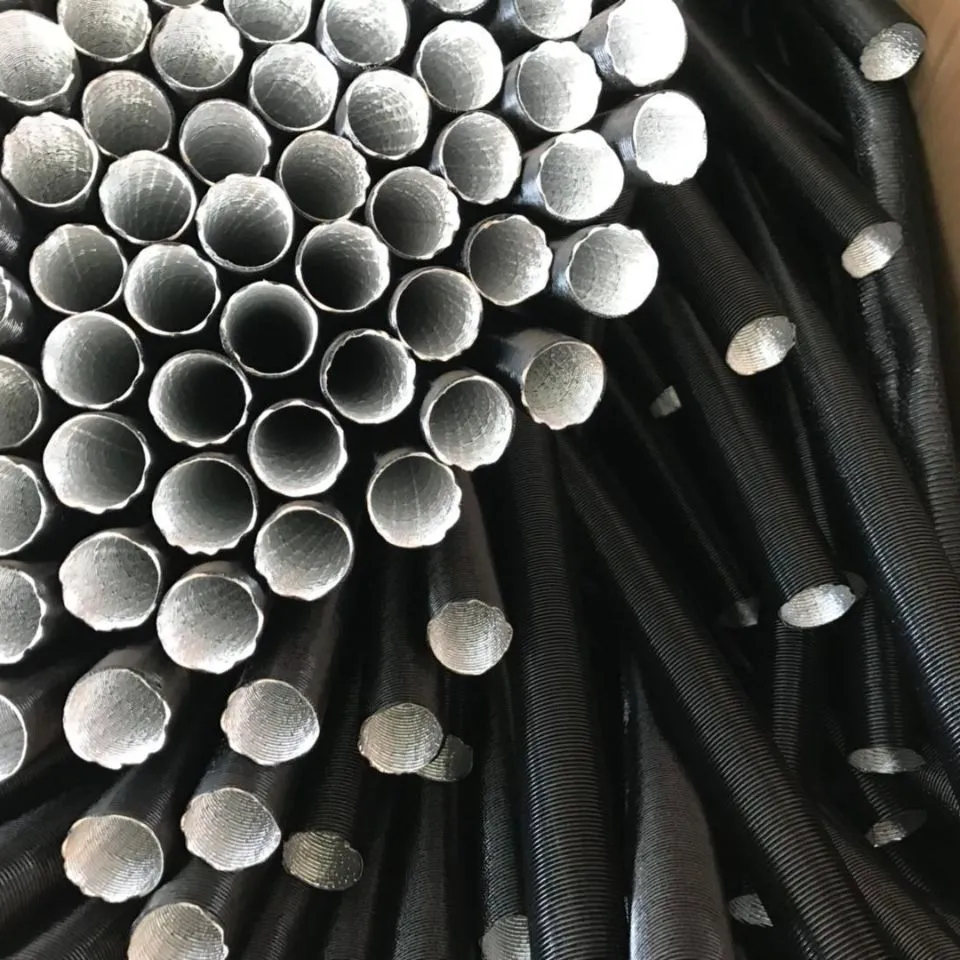Safe Handling and Maintenance of Oxy-Acetylene Hose for Welding Applications
Understanding Oxy-Acetylene Hose Key Components and Safety Practices
Oxy-acetylene hoses are an essential part of welding and cutting processes that utilize the oxy-acetylene flame. This type of hose is specifically designed to handle the unique properties of both oxygen and acetylene gases, making it a critical component in metal fabrication, repair, and construction industries. Understanding the features, applications, and safety considerations associated with oxy-acetylene hoses is fundamental for both novice and experienced users.
Composition and Features of Oxy-Acetylene Hoses
Oxy-acetylene hoses are typically made from a special rubber compound that is resistant to high temperatures and flames. These hoses are color-coded to distinguish between the two types of gases they transport the oxygen hose is usually green, while the acetylene hose is red. This color-coding is crucial for reducing the risk of mishaps in the workspace.
The hoses are constructed to withstand high pressures associated with gas flow. Standard oxy-acetylene hoses are rated for pressures up to 200 psi for oxygen and 15 psi for acetylene. The hoses are equipped with fittings that are specifically designed to prevent incorrect connections—this is another essential safety measure. Using the wrong hose for either gas can lead to dangerous leaks or even explosions.
Applications of Oxy-Acetylene Hoses
Oxy-acetylene hoses are widely used across many industries. In the welding sector, these hoses provide the necessary gas supply for oxy-acetylene torches that generate a high-temperature flame, allowing for tasks such as metal cutting, welding, brazing, and soldering. This versatility makes oxy-acetylene systems popular in automotive repair shops, metal fabrication facilities, and construction sites.
In addition to welding and cutting, oxy-acetylene torches are also used for heating metals prior to forging or bending, as well as for removing old paint or coatings through the application of high heat. The ability to create a flame with a temperature exceeding 3,000 degrees Fahrenheit (about 1,650 degrees Celsius) allows workers to conduct precise and effective metalworking tasks.
Safety Practices with Oxy-Acetylene Hoses
oxy acetylene hose

While oxy-acetylene hoses are designed for durability and high performance, adhering to safety practices is paramount to prevent accidents. Here are some key safety tips
1. Regular Inspection Inspect hoses regularly for any signs of wear, cracks, or leaks. Look for any dents in the fittings or fraying at the ends of the hoses. If you detect any damage, replace the hose immediately.
2. Proper Storage Store hoses in a cool, dry place, away from direct sunlight and corrosive substances. Avoid coiling the hoses too tightly, as this can lead to kinks that weaken their structure.
3. Use Correct Equipment Always use hoses that are appropriate for the specific gases being used. Never use substitute hoses that are not designed for oxy-acetylene applications.
4. Secure Connections Ensure that all connections are secure and leak-proof. Use soapy water to check for leaks; if bubbles form, you have a leak that needs to be addressed.
5. Ventilation Conduct all oxy-acetylene operations in a well-ventilated area to prevent the accumulation of flammable gases, especially acetylene which can form explosive mixtures with air.
6. Protective Gear Always wear appropriate protective gear such as goggles, gloves, and flame-resistant clothing to safeguard against burns or sparks generated during welding operations.
Conclusion
Oxy-acetylene hoses play a pivotal role in modern welding and cutting techniques, contributing to the efficiency and effectiveness of metalworking tasks. Understanding their construction, applications, and the importance of safety measures can help users maximize the benefits while minimizing risks. Whether in a professional setting or a hobbyist’s workshop, proper usage of oxy-acetylene hoses ensures safer operations and better outcomes in all welding endeavors.
-
Top Quality Oxy Acetylene Hoses for Sale Fit for Welding DemandsNewsJul.28,2025
-
The Future of Pneumatic Air Tubes in IndustryNewsJul.28,2025
-
Superior and Reliable LPG Hose Pipe Solutions for Every NeedNewsJul.28,2025
-
Exceptionally Durable and Versatile Premium Braided PVC TubingNewsJul.28,2025
-
Best Adapters for Connecting Garden Hose to PVC Pipe ConnectionsNewsJul.28,2025
-
The Essential Role of LPG Hoses in Safe and Efficient Gas DistributionNewsJul.16,2025














